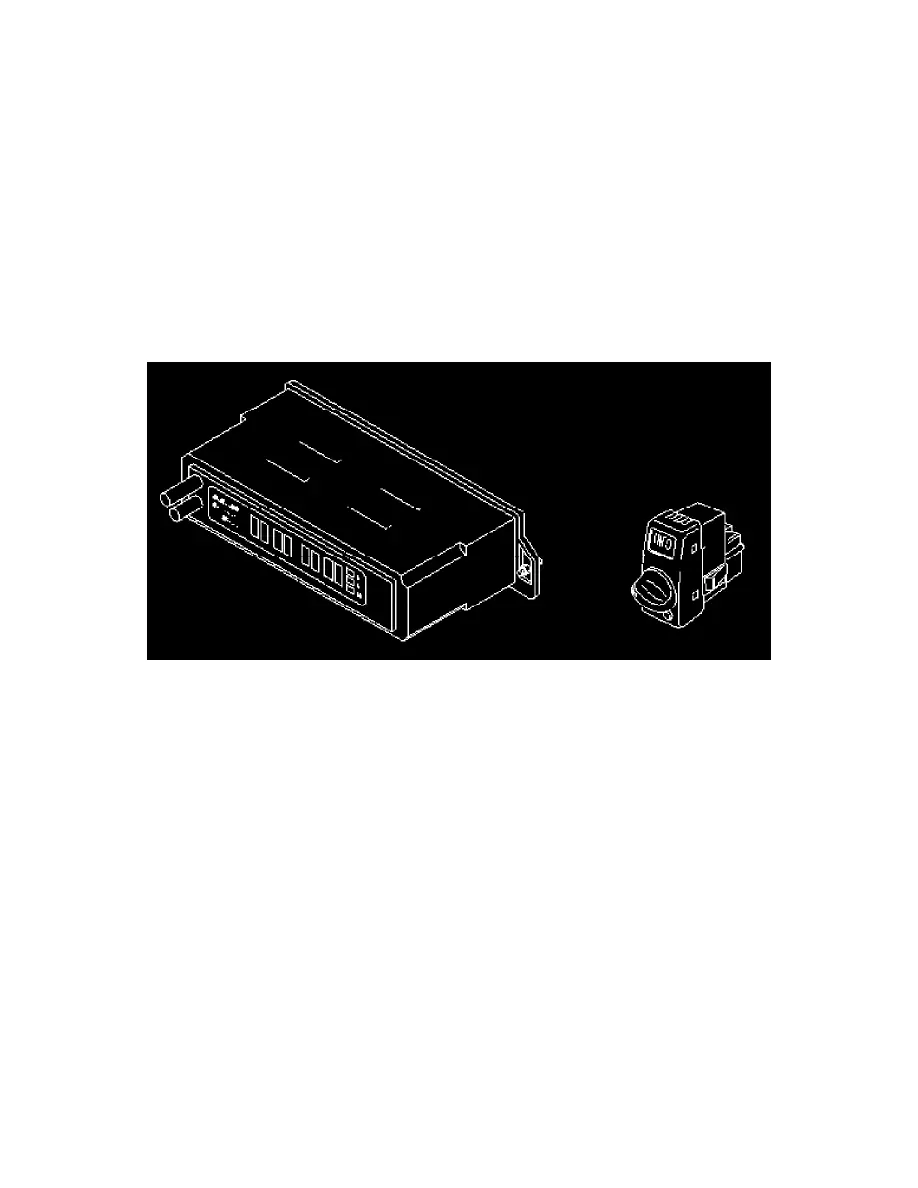V70 2.5T L5-2.5L Turbo VIN 59 B5254T2 (2006)

Customer parameters are reset to the default value when new software is downloaded and must be reprogrammed after the download.
VIDA vehicle communication is used to read off and programming the customer parameters.
Usually a fault in the car is due to hardware faults such as: loose connections, oxidation, open-circuits, short-circuits or other faults which can lead to
defective function.
Software is not perishable and does not deteriorate with time. However the software may behave in an unexpected manner because of the difficulty of
testing all the possible combinations in such a complex system. It may also be necessary to upgrade the software to meet legal requirements or movement
to another market.
It is recommended that the VIDA symptom input is used for fault-tracing. Suitable tests are also suggested for faults which do not generate a diagnostic
trouble code (DTC).
History
History
In earlier cars each control module handled a particular specific function. Cars with a trip computer required an extra control module to run the trip
computer functions. If a problem arose in a control module it was replaced, regardless of whether the fault was a hardware or a software fault.
As the number of variants and amount of functionality increased, it became both impractical and uneconomic to have one control module per function as
before. A new type of electrical system was required. The new electrical system uses distributed functionality, CAN communication and
re-programmable control modules.
Distributed functionality means that a function need not be connected to a particular control module. A single function can be divided between several
different control modules.
The lock and alarm system function is distributed between the central electronic module (CEM), upper electronic module (UEM), driver information
module(DIM), driver door module (DDM), passenger door module (PDM) and rear electronic module (REM).
The controller area network (CAN) is a high speed digital network, which permits the control units in the car to transmit a large amount of information in
a very short time.
Re-programmable control units permit programming of increased functionality, without needing to replace the control module. This decreases the repair
costs for the customer.
Software downloading has a number of advantages:
-
To obtain a new function, for example to add a trip computer to a car without a trip computer, a new control stalk is installed and a new car
configuration file is downloaded into the central electronic module (CEM). The other control modules in the car use the car configuration file to
function in a particular way. The software in the driver information module (DIM), for example, reads off whether the trip computer information is
to be displayed or not depending on the car's level of equipment
-
Fewer control module variants. A good example is the engine control module (ECM). There are 60 different engine variants, which previously
required 60 different replacement parts to be stored in the replacement parts stocks. When downloading software, three different hardware
packages manage all the variants
-
Market adaptation. The application file for the driver information module (DIM) can be the same for all markets. But other market files can be
